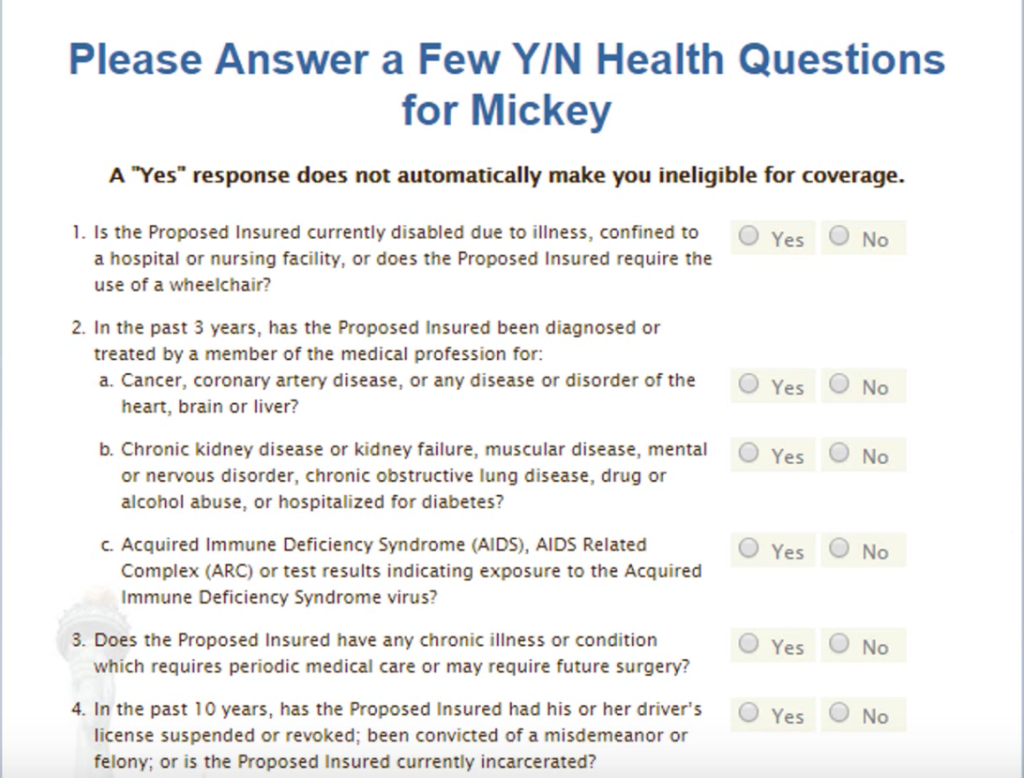
- #Autoanswer yes to prompts how to
- #Autoanswer yes to prompts install
- #Autoanswer yes to prompts code
#Autoanswer yes to prompts install
In this article, you will install and explore some of the features of Inquirer.js. It even supports promises and async/await syntax. It is also extensible by way of a plug-in interface. The inquirer package provides several default prompts and is highly configurable. This includes typing answers to questions or selecting a choice from a list.
#Autoanswer yes to prompts how to
Below sample explains how to handle this is a collection of common interactive command-line user interfaces. To avoid this situation, we can wait for alerts to appear. When we try to switch to alerts before it is displayed, we get NoAlertPresentException. Sometimes alerts are not displayed immediately. Raise exception_class(message, screen, stacktrace)


Self.error_handler.check_response(response)įile "/Library/Python/2.7/site-packages/selenium/webdriver/remote/errorhandler.py", line 242, in check_response Return (Command.GET_ALERT_TEXT)įile "/Library/Python/2.7/site-packages/selenium/webdriver/remote/webdriver.py", line 321, in execute Note: When you try to send some text using send keys to Simple Alert or Confirm Alert, you get ElementNotSelectableException.Ĭhecking for mac64 chromedriver:2.43 in cacheĭriver found in /Users/avelusamy/.wdm/chromedriver/2.43/mac64/chromedriverįile "/Library/Python/2.7/site-packages/selenium/webdriver/remote/webdriver.py", line 803, in switch_to_alertįile "/Library/Python/2.7/site-packages/selenium/webdriver/remote/switch_to.py", line 55, in alertįile "/Library/Python/2.7/site-packages/selenium/webdriver/common/alert.py", line 69, in text This pop-up supports one more method send_keys() along with accept(), dismiss() and text. When it is displayed, user enters any value in text box and clicks on the ‘Ok’ button to accept. This alert also has same properties as in Alert – accept(), dismiss(), text Handling Prompt AlertĪ Prompt Alert pop-up has a message in it along with a text box and ‘Ok’ button. When it is displayed, user clicks on the ‘Ok’ button to accept it or ‘Cancel’ button to dismiss it. When it is displayed, user clicks on the ‘Ok’ button to accept it or ‘close’ icon to close(dismiss) the popup.Īlert.dismiss() – Will click on Cancel buttonĪlert.text – will get the text which is present on the Alert Handling A Confirmation AlertĪ Confirmation Alert pop-up has a message in it along with an ‘Ok’ and ‘Cancel’ button. Handling A Simple AlertĪ Simple Alert pop-up has a message in it along with an ‘Ok’ button.

#Autoanswer yes to prompts code
This control switching operation can be done by using anyone of below two code snippets.Īfter the control has moved to Alert pop-up, we can do different actions on it using available methods. So first we need to switch or transfer the control to alert pop-up before doing any operations. Whenever an Alert gets triggered and a pop-up appears on the web page, the control remains with the parent web page. We will now discuss in detail how to handle the above three types of alerts. Purpose of prompt alert is to take some input from the user. Purpose of confirm alert is to take permission from the user before doing something Purpose of simple alert is to give some information or warning to the user We can broadly categorize the Alerts into following three types. Web applications displays alert messages to notify user or prompt popups to get some input from user or confirm popups for confirming an user action And it is usually a standard practice.Īn Alert or Prompt or Confirm popup is a pop-up window and gets triggered by the user performed action or automatically due to some web page settings. In this article, let’s experiment different ways to handle alerts and popups on a web page.


 0 kommentar(er)
0 kommentar(er)
